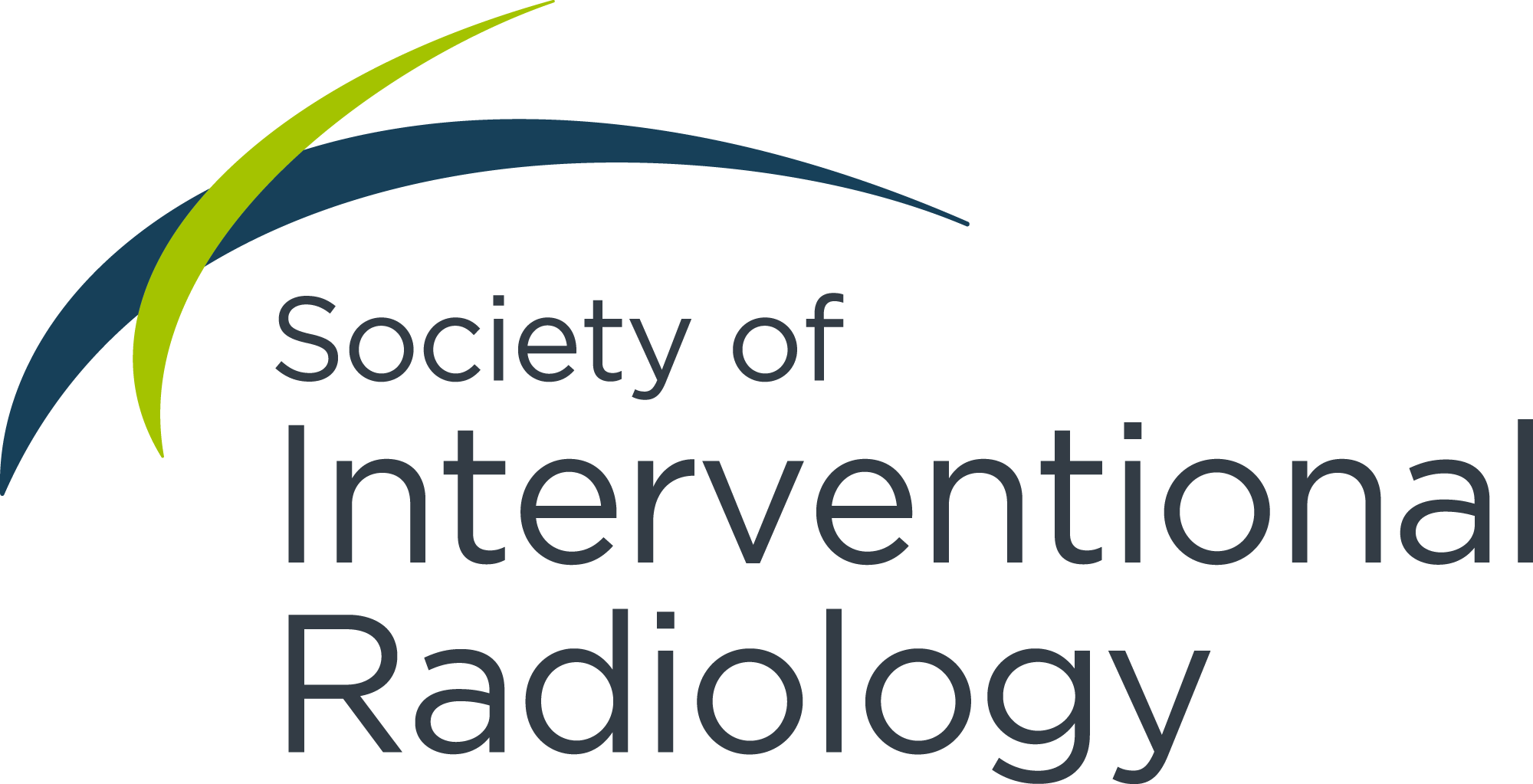With SIR’s recent announcement of our new Strategic Plan, the society has set the stage for focused efforts and growth in four areas: the value of IR, outcomes data, education and the value of SIR. In previous editions of this column, we have explored two of those focal points: the value of SIR and the value of IR. In this issue’s column, we will shine a spotlight on what might be considered the foundational bedrock of IR’s future: outcomes data.
Although evidence-based IR has long been considered the key to the specialty reaching its potential, the ongoing rise of artificial intelligence underscores the fact that we increasingly live in a world where decisions are made on the basis of data. If interventional radiology is to thrive, our specialty must put significant efforts into collecting and using data that influences patient care and catalyzes future innovation.
A key aspect of curating that data, and in strengthening our research culture, is bringing every IR into the act of data collection. The VIRTEX: SIR Data Registry is a core component of the solution, but the pipeline was put in place years earlier when the SIR Standardized Reporting Committee first recommended and started developing standardized reports. The work of those committee volunteers created the standardized reports’ discrete parsable fields, setting us up for success in today’s world of natural language processing and will certainly facilitate all IRs’ ability to contribute to the body of data. If every IR can contribute just a little bit of what they do every day into a registry, the impact would be so powerful!
The standardized reports and registry data collection strategy will allow every IR to participate in research, enabling the specialty to amass the real-world data that is becoming more and more important. That collected data will amplify the past decade’s work that has already established us as leaders in venous research, with the completion of the ATTRACT trial, followed by C-TRACT (both led by Principal Investigator Suresh Vedantham, MD, FSIR)—which is scheduled for completion in 2024.
On the pulmonary embolism front, PE-TRACT will certainly make an impact as well. According to PE-TRACT Principal Investigator Akhilesh Sista, MD, FSIR, “Not only can PE-TRACT put IR on the map as a serious specialty that cares about science and finding the truth, but we can hopefully also empower future IRs to undertake such questions and use the model and mentorship of Suresh and other IR leaders to conduct trials like ATTRACT, C-TRACT and PE-TRACT.” From the exploration of priorities at an SIR Foundation Research Consensus Panel, to designing the trial, to getting funding, to opening the trial, the process can take years—but programs like SIR Foundation’s Clinical Trials Network will help.
Moreover, SIR and SIR Foundation are committed to establishing a strong pipeline of opportunities for young IRs and established researchers alike, and our dedicated, piece-by-piece march toward establishing foundational data in venous interventions over the last 10 years has been one of our key strategic successes. One exciting new program for trainees is the recently launched 8-week Introduction to Research Online Program. The SIR Foundation Clinical Trials Network further helps connect those who are just beginning and those who are well established so they can continue learning from and fostering the success of each other’s research work. With such exciting opportunities to educate, connect and evolve the research community, we are better positioned than ever to expand our attention from venous interventions to the next disease state, with a template of success to follow.
We can be confident that the groundwork of evidence-based IR exists—now we just have to turn on the spigot and send the data through the pipeline.


